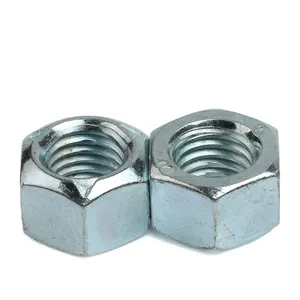Giới thiệu về hạt mỡ
Alibaba.com cung cấp các sản phẩm 2629 hạt mỡ. Có rất nhiều hạt mỡ lựa chọn dành cho bạn, chẳng hạn như nguyên liệu, nướng. Bạn cũng có thể chọn từ phổ biến, hữu cơ hạt mỡ. Cũng như từ cn, tại, và de hạt mỡ.Và bất kể hạt mỡ là đắng.














